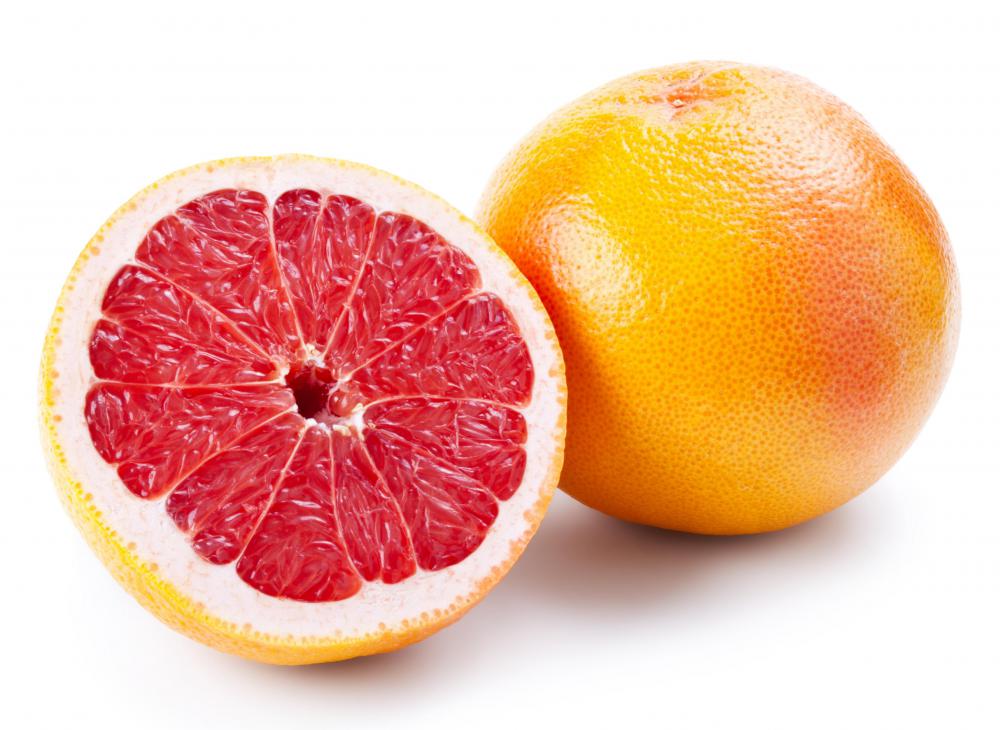At WiseGEEK, we're committed to delivering accurate, trustworthy information. Our expert-authored content is rigorously fact-checked and sourced from credible authorities. Discover how we uphold the highest standards in providing you with reliable knowledge.
How Do I Choose the Best Indoor Orange Tree?
Choosing the best indoor orange tree involves identifying the right type of tree for a particular location and making sure that the specific tree chosen is of the highest possible quality. Most indoor orange trees are of dwarf varieties, but some trees that combine the upper portion of a regular orange tree with the roots of a dwarf variety are available. Before purchasing a particular tree, a customer should check for signs of common disease and insect problems and should ensure that the tree has been properly cared for.
Fruit trees grown from seed, including orange trees, require a substantial period of time before they are able to bear fruit. Horticulturalists circumvent this delay in fruit production by using the technique of grafting, in which a branch from a mature and fruit-bearing tree is transplanted onto another root system. Such grafted plants will produce fruit much more rapidly than those grown from seed. This peculiarity of fruit trees means that it is typically best to select an indoor orange tree that has been grown from a graft, rather than planting seeds to grow a tree.

Several different varieties of indoor orange tree are available. Dwarf oranges produce smaller fruit, often the size of golf balls, which can be somewhat more bitter than full-size oranges but are quite flavorful and provide excellent zest for cooking and baking. Certain varieties of dwarf oranges have unique flavor or color properties, and the specific properties of a given plant should be considered.

Some varieties of indoor orange tree consist of the roots of a dwarf tree and the upper structure of a regular tree. This combination produces full-sized fruit but a miniature tree. This type of tree will typically produce fewer oranges, but they will be larger. As with dwarf trees, this type of tree may be available in more specialized varieties at certain stores.
Before purchasing any fruit tree, including an indoor orange tree, the consumer should check to see if the tree is healthy. Leaves should be free from spots, fungus, and signs of insect damage. A visual inspection cannot spot all the possible signs of insect or disease problems, but is much better than nothing. An indoor orange tree should be well-rooted, and its trunk and branches should be sound. A few damaged leaves are not a major warning sign, but most of the foliage on an indoor orange tree should be healthy.
AS FEATURED ON:
AS FEATURED ON:












Discussion Comments
My grandfather has an indoor orange tree that he has been cultivating for almost 20 years now. Every year it blooms and gives off at least a few dozen oranges. And they are some of the best oranges you have ever had.
But it is a lot of work maintaining a tree like that. Obviously, orange trees are not made to grow indoors so they resist the environment. He has to inspect and car for the tree on an almost daily basis. He seems to like it but I would probably just go to the store and buy a bag of oranges
Post your comments